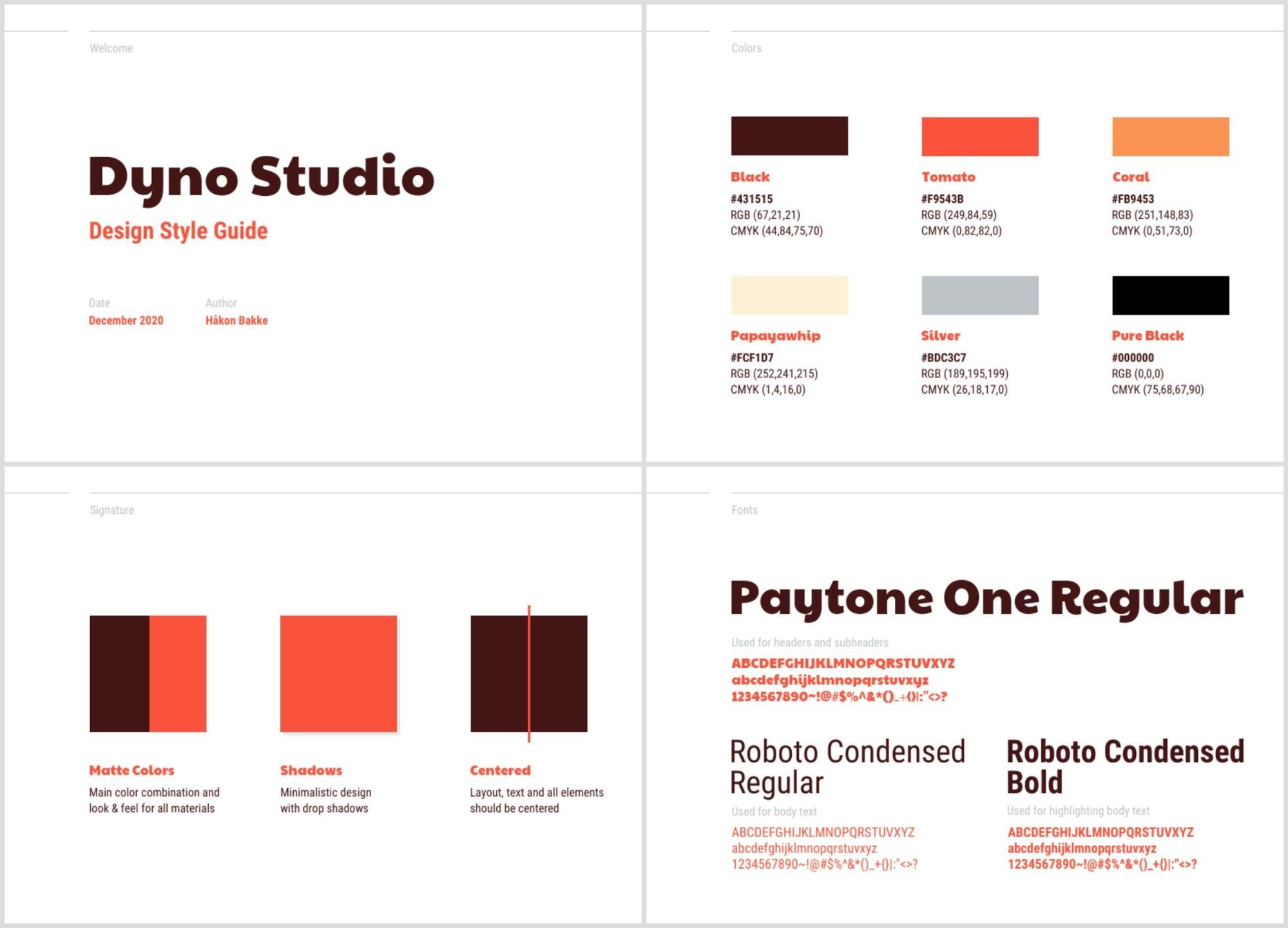Brand Style Guide Creation: Consistency Across Platforms
In today’s digital age, businesses need to establish a strong and consistent brand presence across various platforms. A brand’s style guide plays a crucial role in achieving this consistency, allowing companies to present their brand identity in a cohesive and recognizable manner. This article will explore the importance of creating a brand style guide and how it ensures consistency across different platforms.
What is a Brand Style Guide?
A brand style guide, often referred to as a brand bible or brand guidelines, is a document that outlines the visual and verbal components of a brand. It serves as a reference tool for anyone involved in creating marketing materials or representing the brand. The style guide typically includes guidelines for logo usage, typography, color palettes, imagery, tone of voice, and more.
Why is Consistency Across Platforms Important?
Consistency is key in building a strong and recognizable brand. When consumers encounter a brand, whether it’s on a website, social media platform, or a physical store, they should have a consistent experience that aligns with the brand’s values and personality. Inconsistencies across platforms can lead to confusion and dilute brand recognition.
Creating a brand style guide ensures that every element of the brand’s visual and verbal communication is consistent. This consistency helps to establish a cohesive brand identity, making it easier for audiences to recognize and remember the brand. It also helps to build trust and credibility, as a consistent brand presence conveys professionalism and attention to detail.
Benefits of a Brand Style Guide
Developing a brand style guide offers several benefits, including:
1. Consistency in Visual Elements
A brand style guide establishes clear guidelines for logo usage, color schemes, typography, and other visual elements. This consistency ensures that a brand’s visual identity remains uniform across different platforms, helping to strengthen brand recognition and create a sense of familiarity among audiences.
2. Streamlined Decision-making
With a brand style guide in place, decision-making becomes more efficient and consistent. The guide provides a framework for designers, marketers, and content creators, ensuring that they make choices aligned with the brand’s visual and verbal tone.
3. Enhanced Professionalism
A well-crafted brand style guide gives the impression of professionalism and attention to detail. By having consistent visual and verbal elements, a brand presents itself as trustworthy and reliable.
4. Improved User Experience
Consistency in brand presentation improves the user experience across various platforms. When users encounter familiar elements, such as colors, fonts, and imagery, they can navigate and engage with the brand more effectively.
Key Elements of a Brand Style Guide
A comprehensive brand style guide comprises several key elements:
1. Logo Usage
Guidelines for logo usage ensure that the logo is displayed correctly, whether on digital platforms or in print. This section covers aspects such as minimum size, clear space requirements, color variations, and examples of incorrect logo usage to avoid.
2. Typography
Typography guidelines outline the fonts used in different contexts, including headings, body text, and captions. Information about font sizes, weights, and styles, along with examples, help maintain consistency across platforms.
3. Color Palette
A brand’s color palette is a crucial visual element. The style guide should specify the brand’s primary colors, secondary colors, and how they should be used in different situations. This section may include both RGB and CMYK color codes for digital and print media, respectively.
4. Imagery and Graphics
Guidelines for imagery and graphics ensure a cohesive visual language. This section might cover acceptable image styles, types of imagery to avoid, and any specific filters or effects to be used consistently.
5. Tone of Voice
A brand’s tone of voice is crucial for maintaining consistency in written communication. This section defines the brand’s personality and provides guidelines for writing style, preferred language, and messaging tone.
6. Templates and Examples
A brand style guide may include templates and examples for various marketing materials, such as social media posts, brochures, advertisements, or website layouts. These templates serve as a starting point and ensure consistency in design across different platforms.
Implementing and Updating the Brand Style Guide
Implementing a brand style guide requires cooperation and communication among all stakeholders involved in the brand’s representation. Clear training and guidelines for all team members ensure the proper use of the brand elements.
A brand style guide should also be a living document that evolves with the brand. It should be periodically reviewed and updated to reflect changes in design trends, business goals, or target audience preferences.
Conclusion
A brand style guide is an essential tool in achieving consistency across platforms. By establishing clear guidelines for visual and verbal communication, businesses can build a strong and recognizable brand identity. A cohesive brand presence enhances professionalism, trust, and recognition, ultimately leading to improved user experience and increased customer loyalty. Invest in creating a brand style guide, and reap the benefits of a consistent brand presence.


